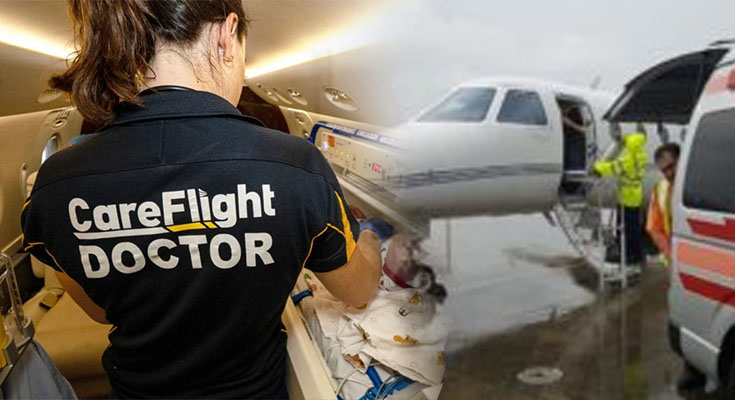If you want to travel overseas, consider taking out international medical transport insurance. It will protect you against unforeseen circumstances during your trip, such as illness or injury.
Repatriations on a commercial flight happen in a lie-flat seat in first or business class or on a dedicated air ambulance stretcher. During the transfer, the patient is surrounded by other passengers, and space is limited for the medical team.
Ambulance aircraft
For long-distance international patient transport, air ambulances are the best option. These flights are medically equipped and staffed by highly trained professionals. The medical team will care for the patient throughout the flight and the patient’s transfer to a hospital. They can also help with travel arrangements. They will also provide cost-saving options like “piggybacking” on a commercial airline flight.
Depending on the destination, international patient transport can be done by a commercial air ambulance or a private jet. The latter is more expensive but offers more privacy than a commercial airliner. Regardless of the chosen option, a medical clearance letter from the attending physician is required for the medical flight.
To ensure the patient’s safety, choosing an air ambulance company with a solid reputation is essential. Ideally, the provider should have state-of-the-art aircraft that can fly long distances without stopping frequently for refueling. An air ambulance should also be medically configured and stocked with essential life support equipment.
Scheduled airliner
A scheduled airliner for international patient transport is less expensive than a helicopter. It typically requires removing several rows of seats, and the escort accompanying the patient during the flight will be responsible for filling out the airline’s MEDIF form and ensuring that the patient is stable enough to fly.
A scheduled aircraft or ambulance jet may be more suitable for patients who can travel lying down than a helicopter. They can be transported on a stretcher, separated from the rest of the cabin by a privacy curtain. Family members or friends can travel alongside the patient in regular seats.
Many patients require medical repatriation or evacuation to get home from a foreign hospital. While this process can be time-consuming and costly, it is often necessary for better care and faster recovery. However, some insurance policies cover something other than this type of service. In these cases, a commercial flight by a medical escort can save thousands of dollars.
Road ambulance
Knowing the different options available for international patient transport is essential if you need to travel long distances for a medical procedure. These include commercial medical flights and private air ambulances. Each has its advantages and disadvantages, depending on your specific needs.
For shorter journeys, a road ambulance can be a viable option. However, space is limited, and it can be uncomfortable for a patient with serious health issues. Plus, traffic jams and detours can cause delays you might not anticipate.
For longer journeys, a commercial airline medical escort may be better. Travel Care Air frequently conducts international airline medical escort transfers, including cross-border transfers. A medical crew escorts the patient to the international airport for these transfers. The commercial airline removes several seats to accommodate the stretcher and medical equipment.





